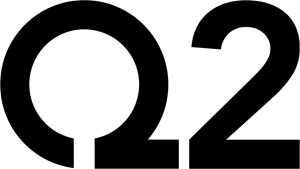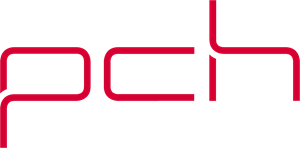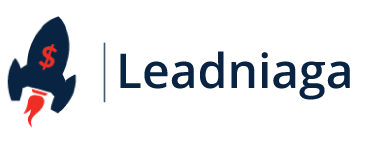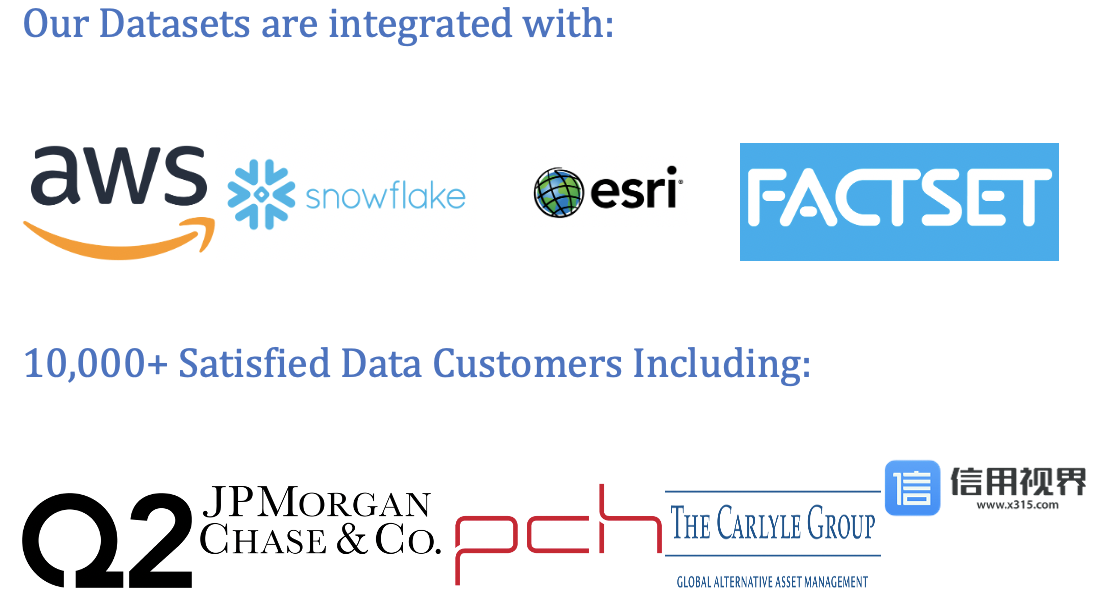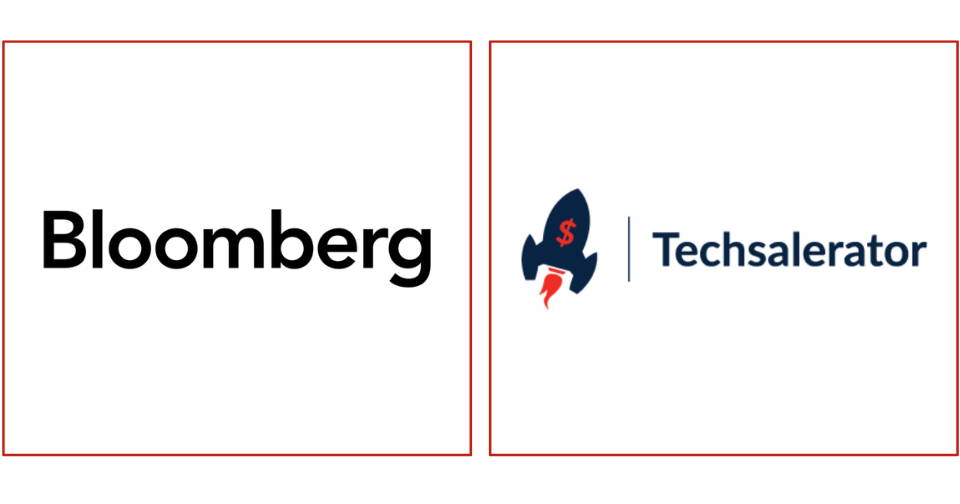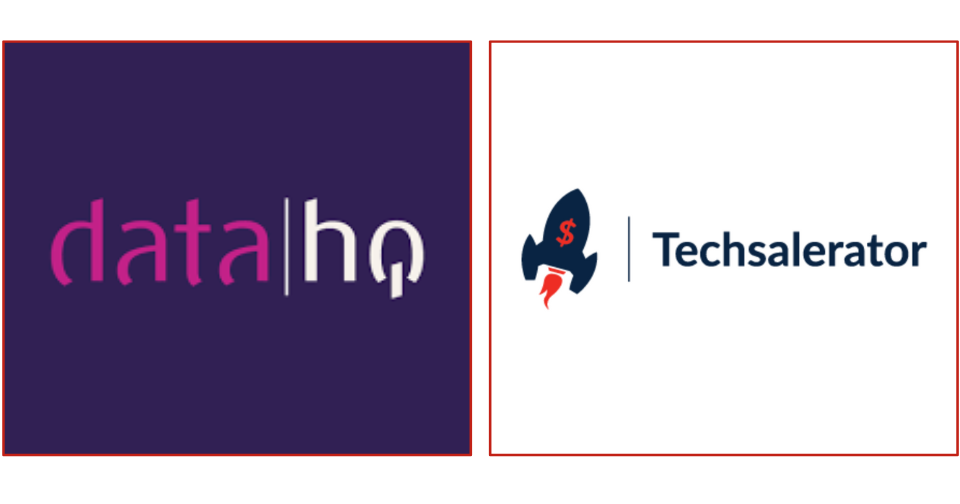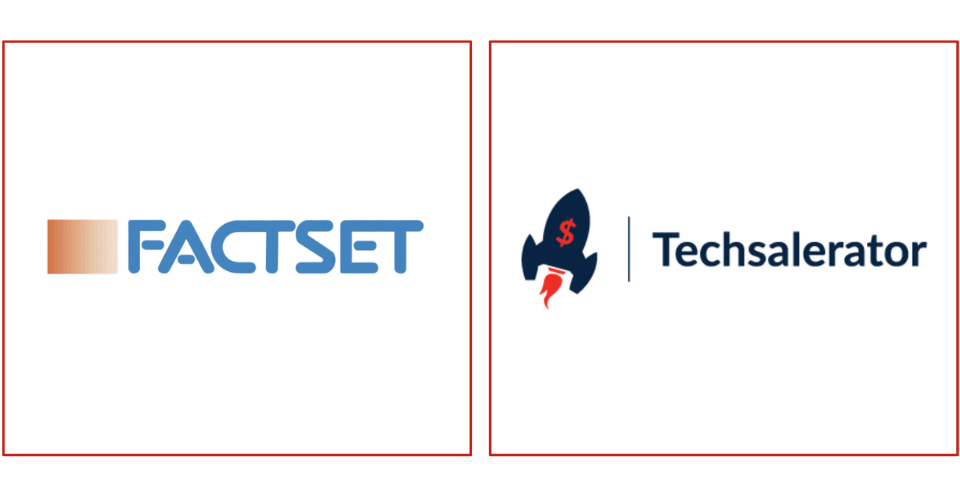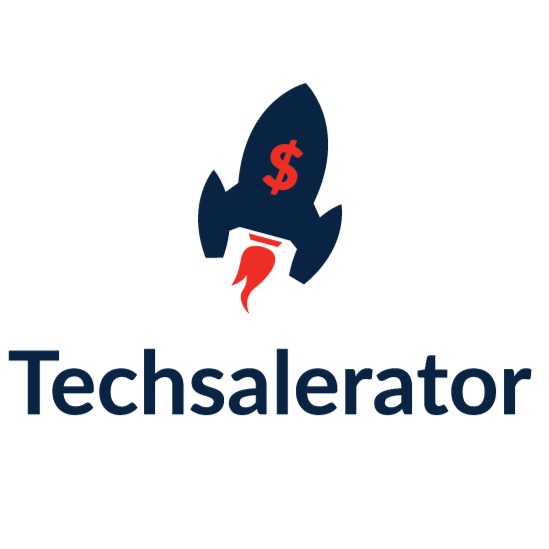
Top Wine Tasting Data Providers
Understanding Wine Tasting Data
Wine tasting involves the systematic assessment of wines using sensory evaluation techniques to discern their sensory attributes and qualities. This process typically involves observing the wine's appearance, nosing (smelling) its aromas, tasting its flavors, and assessing its overall characteristics. Wine tasting data is recorded through structured tasting notes, scoring systems, and qualitative descriptors to capture the nuances and complexities of each wine sampled.
Components of Wine Tasting Data
Key components of wine tasting data include:
- Appearance: Observations related to the wine's color, clarity, intensity, and viscosity, providing insights into its age, grape variety, and winemaking techniques.
- Aroma: Descriptions of the wine's aromas, including fruit, floral, herbal, spice, earthy, and oak notes, as well as assessments of intensity, complexity, and purity.
- Flavor: Notes on the wine's taste characteristics, such as fruit flavors, acidity, sweetness, bitterness, and tannins, along with assessments of balance, structure, and length.
- Mouthfeel: Observations regarding the wine's texture, body, viscosity, astringency, and overall mouth-coating sensation, contributing to the wine's perceived quality and enjoyment.
- Overall Assessment: Ratings or scores assigned to the wine based on its sensory attributes, quality, ageability, and value proposition, allowing for comparative analysis and benchmarking.
Top Wine Tasting Data Providers
- Leadniaga : Leadniaga offers innovative solutions for collecting, analyzing, and interpreting wine tasting data, leveraging advanced sensory evaluation techniques, digital tools, and expert insights to provide actionable feedback and recommendations to wine producers, retailers, and consumers.
- Wine Spectator: Wine Spectator is a leading authority on wine reviews and ratings, providing comprehensive tasting notes, scores, and vintage assessments for wines from around the world, helping consumers make informed purchasing decisions and discover new wines.
- Decanter: Decanter is a trusted source of wine expertise, offering expert panel reviews, blind tastings, and ratings for wines across different regions, varieties, and price points, guiding consumers and collectors in their wine selections and investments.
- Wine Enthusiast: Wine Enthusiast provides in-depth wine reviews, ratings, and tasting notes from experienced critics and editors, covering a wide range of wine styles, regions, and producers, empowering wine enthusiasts to explore and enjoy the world of wine.
- Robert Parker Wine Advocate: Robert Parker Wine Advocate is renowned for its influential wine ratings and reviews, offering detailed tasting reports, scores, and cellar recommendations from expert critics and contributors, shaping the global wine market and influencing consumer preferences.
Importance of Wine Tasting Data
Wine tasting data serves several important purposes:
- Quality Assessment: Wine tasting data allows producers, retailers, and consumers to evaluate the quality, characteristics, and value of wines objectively, facilitating informed purchasing decisions and enjoyment.
- Market Insights: Wine tasting data provides insights into consumer preferences, trends, and market dynamics, helping producers identify opportunities, optimize product offerings, and differentiate their brands in competitive markets.
- Education and Appreciation: Wine tasting data enhances wine education and appreciation by providing detailed information about wine styles, regions, grape varieties, and production techniques, fostering a deeper understanding and enjoyment of wine culture.
- Continuous Improvement: Wine tasting data enables producers to gather feedback, identify areas for improvement, and refine winemaking practices, ensuring consistency, quality, and innovation in wine production.
Applications of Wine Tasting Data
Wine tasting data is utilized in various applications and contexts:
- Product Development: Wine tasting data informs product development decisions by guiding grape selection, vineyard management, fermentation techniques, oak aging, blending, and bottling processes to achieve desired flavor profiles and quality standards.
- Marketing and Promotion: Wine tasting data supports marketing and promotion efforts by providing compelling narratives, tasting notes, awards, and ratings that resonate with consumers and influence purchasing behavior.
- Wine Tourism: Wine tasting data enhances the wine tourism experience by guiding visitors through vineyard tours, tastings, and educational activities, enriching their understanding of wine production and regional terroirs.
- Collecting and Cellaring: Wine tasting data assists collectors and investors in building and managing wine collections by identifying collectible wines, tracking aging potential, and predicting future market value based on critical acclaim and provenance.
Conclusion
In conclusion, wine tasting data plays a vital role in the wine industry by providing valuable insights into the sensory attributes, quality, and marketability of wines. With Leadniaga and other leading providers offering access to comprehensive wine tasting data and expertise, stakeholders can leverage data-driven insights to evaluate wines objectively, make informed decisions, and enhance their appreciation and enjoyment of wine. By harnessing the power of wine tasting data effectively, producers, retailers, and consumers can navigate the complex world of wine with confidence, curiosity, and discernment.
Our Datasets are integrated with :



10,000+ Satisfied Data Customers including :
